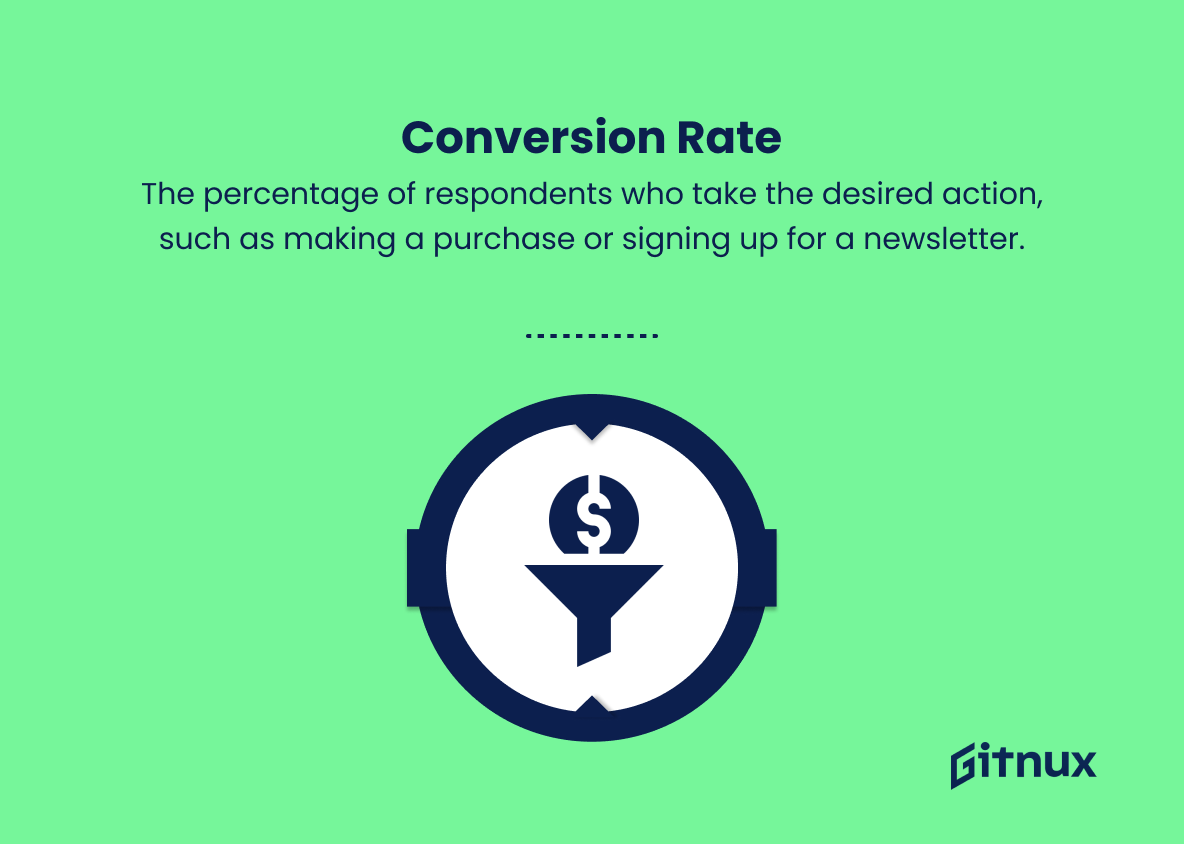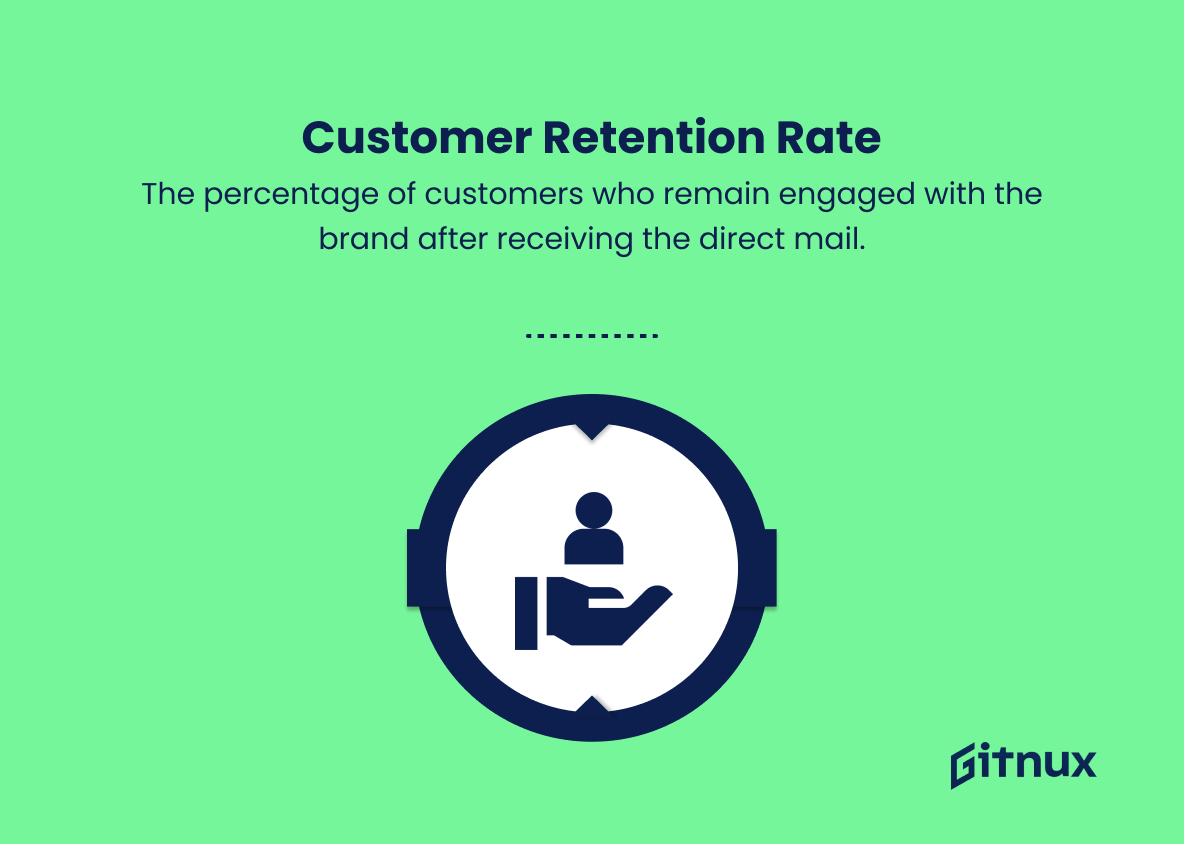In today’s data-driven marketing landscape, it is essential for businesses to effectively measure the success of their direct mail campaigns. Understanding Key Performance Indicators (KPIs) associated with direct mail initiatives is crucial for evaluating the return on investment and making informed decisions about future marketing efforts.
This blog post will delve into the world of Direct Mail KPIs, discussing their importance, the various metrics you should be keeping an eye on, and how to optimize your campaigns for the best possible results. By mastering these KPIs, you’ll be well-equipped to take your direct mail strategy to new heights and drive measurable results for your organization.
Direct Mail KPIs You Should Know
1. Response Rate
The percentage of recipients who respond to the direct mail campaign. A high response rate indicates that the campaign is effective in capturing the target audience’s attention and interest.
2. Conversion Rate
The percentage of respondents who take the desired action, such as making a purchase or signing up for a newsletter. This KPI measures the effectiveness of the direct mail campaign in motivating recipients to take action.
Understanding Key Performance Indicators (KPIs) associated with direct mail initiatives is crucial for evaluating the return on investment and making informed decisions about future marketing efforts.3. Return on Investment (ROI)
This metric demonstrates the profit generated from the direct mail campaign as a percentage of its cost. A high ROI indicates that the campaign is delivering a significant return relative to its expense.
4. Cost per Acquisition (CPA)
The average cost incurred to acquire a new customer through the direct mail campaign. A lower CPA signifies that the campaign is cost-efficient in terms of acquiring new customers.
5. Average Order Value (AOV)
The average amount spent by customers as a result of the direct mail campaign. A higher AOV suggests that the campaign is effectively encouraging recipients to make larger purchases.
6. Time to Conversion
The average time it takes for a recipient to take the desired action after receiving the direct mail. A shorter time to conversion implies that the campaign messaging is compelling and prompts quick action from recipients.
7. Reach
The total number of recipients who receive the direct mail. A broader reach can contribute to greater brand awareness and potential customer base expansion.
8. Customer Retention Rate
The percentage of customers who remain engaged with the brand after receiving the direct mail. This KPI highlights the ability of the campaign to build and maintain long-term customer relationships.
9. Customer Lifetime Value (CLV)
The projected net profit attributed to the entire future relationship with a customer who was acquired through the direct mail campaign. A higher CLV indicates that the campaign is attracting loyal, high-value customers.
Direct Mail KPIs play a crucial role in measuring the effectiveness of a campaign, guiding decision-making, and ensuring a better return on investment.10. List Quality
The accuracy and relevance of the mailing list used for the direct mail campaign. High-quality lists include up-to-date information and target the appropriate audience, contributing to improved performance.
11. Creative Testing and Iterations
The number of tests and modifications made to the direct mail design and messaging to optimize its effectiveness. Frequent testing enables better-performing iterations to be identified and implemented.
12. Channel Integration
The degree to which the direct mail campaign is integrated with other marketing efforts, such as digital advertising or social media. Effective channel integration can contribute to improved campaign performance by reinforcing the message across multiple touchpoints.
Direct Mail KPIs Explained
Direct Mail KPIs play a crucial role in measuring the effectiveness of a campaign, guiding decision-making, and ensuring a better return on investment. Response rate determines how well the campaign has captured the attention of the target audience, while conversion rate evaluates its success in motivating them to take desired actions. ROI, CPA, and AOV reflect the campaign’s financial merits, such as profitability and cost-efficiency, and the propensity to encourage higher-value purchases.
Time to conversion shows the compelling nature of the message, while reach and customer retention rate assess the brand-building capabilities of the campaign. The importance of CLV lies in distinguishing loyal, high-value customers, and list quality ensures that the campaign targets the right audience. Undertaking creative tests and iterations ensure optimal performance, and channel integration enhances the impact by connecting with customers through multiple touchpoints. These KPIs, when monitored and analyzed, contribute to the overall success and improvement of direct mail campaigns.
Conclusion
In summary, understanding and tracking the right Direct Mail KPIs is crucial for the success of your campaigns. By consistently measuring your response rate, conversion rate, ROI, and cost per acquisition, you can accurately gauge the effectiveness of your direct mail marketing efforts.
Armed with this data, you can make informed decisions, fine-tune your strategies, and ultimately, enhance the performance of your direct mail campaigns. Keep in mind that evaluating KPIs is not a one-time exercise but an ongoing process of improvement to achieve better results and generate a higher return on your marketing investments.












